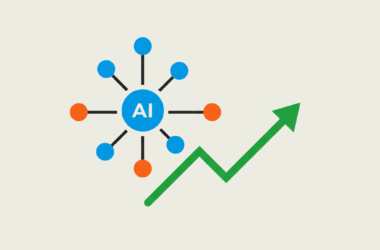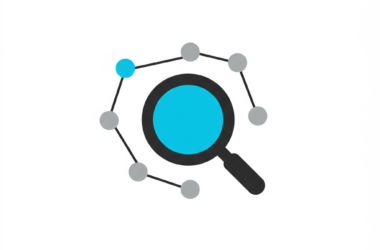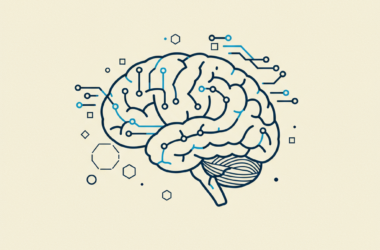
An innovative research initiative has been introduced recently to provide deeper insights into the economic impact of artificial intelligence on labor markets. This initiative, known as the Anthropic Economic Index, continuously offers new data and analyses that explore how AI influences various sectors over time. The latest report focuses on user interactions with Claude 3.7 Sonnet, Anthropic’s most advanced model to date, and highlights its enhanced performance in coding, as well as education, science, and healthcare applications.
The report outlines several key observations:
- Following the introduction of Claude 3.7 Sonnet, there has been an observable increase in coding-related usage, along with a surge in applications within educational, scientific, and healthcare domains.
- The model’s innovative “extended thinking” mode is primarily being employed for technical tasks. This mode sees significant use by professionals such as computer science researchers, software developers, multimedia animators, and video game designers.
- Data is now being released that breaks down the interactions into augmentation versus automation at both task and occupation levels. For instance, collaborative text-generation tasks typical of copywriters and editors show a high degree of iteration, while tasks performed by translators and interpreters tend to rely more on directive inputs where minimal human intervention is required.
In a further effort to support research, the team has released a unique bottom-up taxonomy of user activity on Claude.ai. This dataset divides usage into 630 detailed categories—ranging from resolving household maintenance issues to offering guidance on battery technologies—providing new perspectives that may not be captured by conventional top-down taxonomies based on predefined tasks. The datasets used in these analyses are freely available at https://huggingface.co/datasets/Anthropic/EconomicIndex/.
When revisiting data collected shortly after the launch of Claude 3.7 Sonnet, the analysis covered a sample of over one million anonymized conversations from both free and pro users. Most of these interactions involved the new model since it now serves as the default on both the Claude.ai website and mobile applications. A privacy-preserving tool, Clio, was utilized to classify each conversation by mapping it to one of 17,000 tasks listed in the U.S. Department of Labor’s O*NET database. This allowed researchers to examine usage trends across numerous high-level occupational categories.
Analysis of the updated dataset revealed modest but meaningful changes in overall usage patterns. For example, there has been a consistent increase in the share of conversations related to coding and academic or scientific applications. While improved performance on coding benchmarks was anticipated, the broader increases in other fields might suggest the broader diffusion of AI or emerging applications that leverage enhanced coding capabilities. An accompanying graph illustrates changes in the share of AI interactions across various occupational categories, contrasting earlier data with the more recent findings.
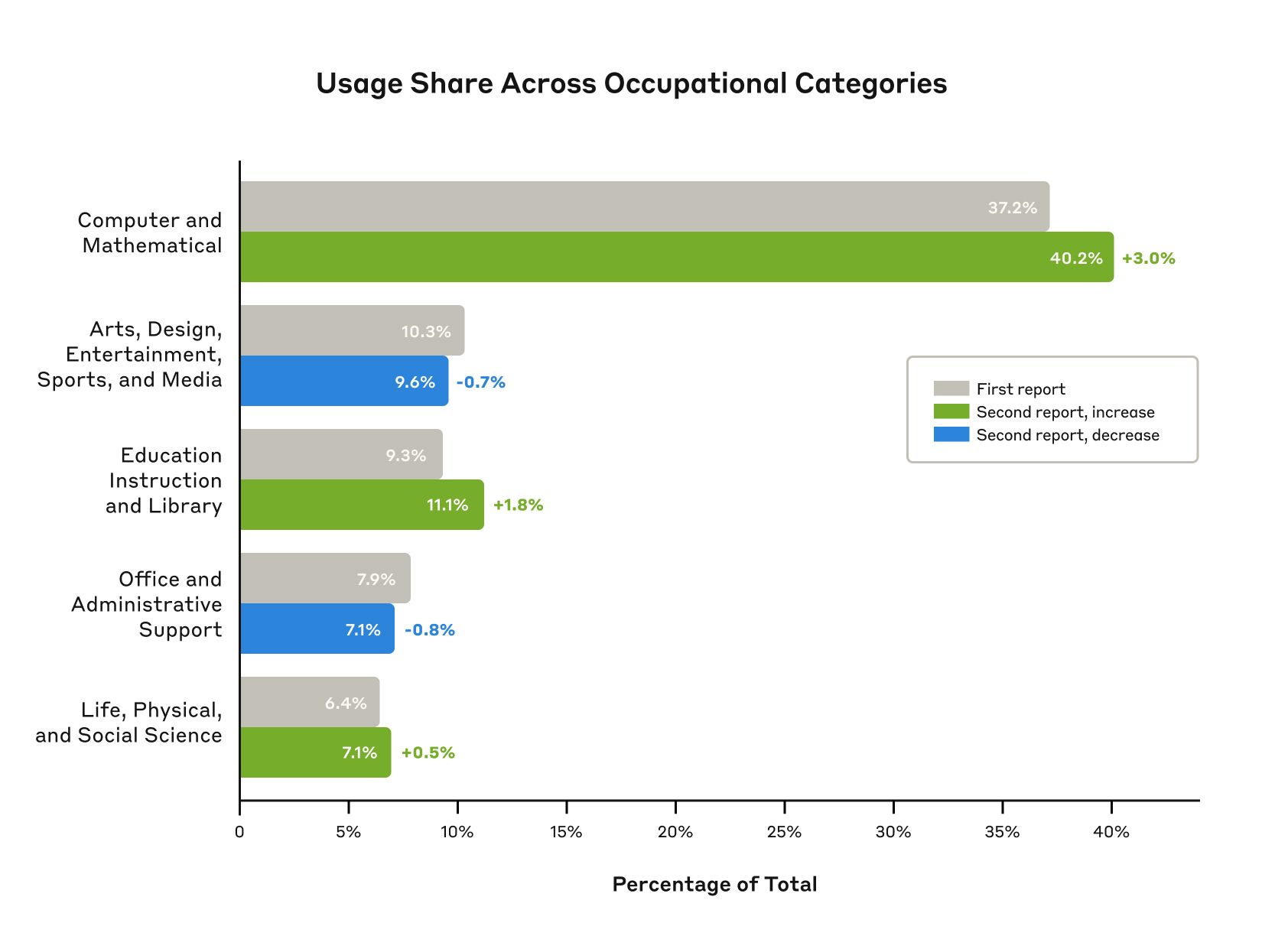
Another focus of the report is the usage of the extended thinking mode. This mode allows the model to deliberate for longer periods when faced with complex queries. Early usage patterns indicate that technical and creative problem-solving applications are the main beneficiaries. For instance, nearly 10% of interactions in tasks related to computer and information research involve extended thinking. Software developers, multimedia artists, and video game designers also show significant engagement. To further support research, Anthropic has published a new dataset that correlates each O*NET task with its corresponding fraction of extended thinking mode usage. This dataset is accessible on the Hugging Face page.
Another segment of the analysis explores the distinction between augmentation and automation. Previously, AI usage was categorized into those areas where the model complements human work (augmentation) and where it acts independently (automation). While the overall balance remains largely unchanged—with augmentation representing roughly 57% of interactions—there have been specific shifts within the categories. For instance, learning interactions, where users request explanations or information from the model, have increased noticeably.
When examining usage by occupational category, noteworthy patterns emerge. For example, tasks within community and social service areas, such as education and counseling, show a predominance of augmentative uses reaching close to 75%. In contrast, domains like production or computer and mathematical occupations exhibit a more balanced interaction between augmentation and automation. A detailed breakdown is provided in the report along with additional graphs that illustrate these trends in the context of task iteration and directive behavior.
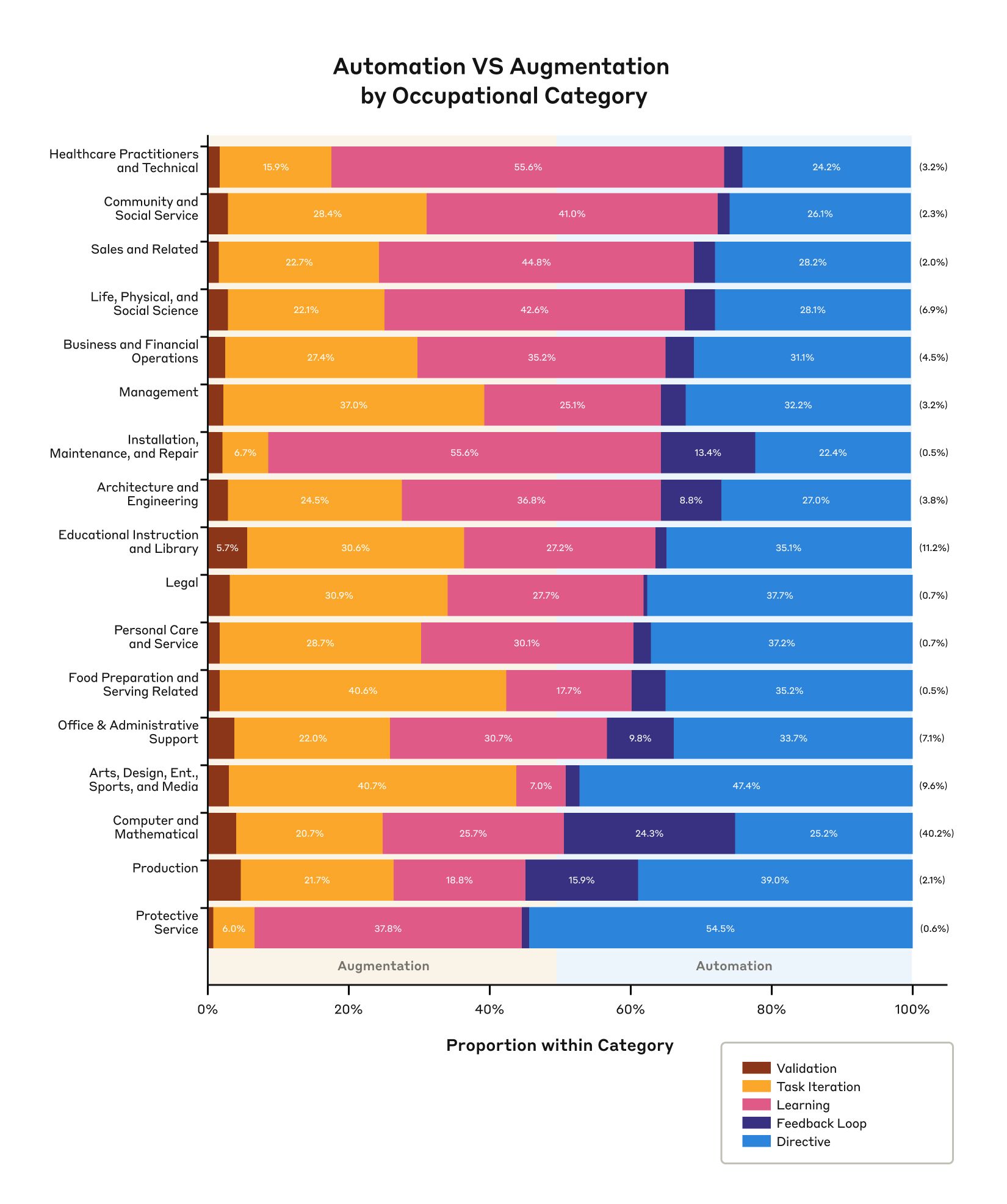
An additional analysis delves deeper into specific occupations. For instance, writing-related tasks often involve multiple rounds of iteration between the user and the model, whereas translating tasks typically involve more directive interactions. It is also noted that while the O*NET occupational descriptions offer a useful framework, they may not completely capture the nuanced ways in which Claude.ai is utilized—particularly in creative fields where digital tools are preferred over traditional methods.
In response to demands from researchers, Anthropic has compiled automation and augmentation data at both the task and occupational levels, expanding upon previous findings. This data, too, is available on their Hugging Face page.
The report also introduces a bottom-up taxonomy of usage on Claude.ai. This novel dataset, generated using the Clio tool from the same body of anonymized conversations, categorizes user interactions into 630 distinct clusters organized into three hierarchical levels. Some highlighted clusters include:
- Assistance with water management systems and infrastructure projects
- Creation of physics-based simulations with interactive visualization
- Support in font selection, implementation, and troubleshooting
- Improvement or creation of job application materials
- Provision of guidance on battery technologies and charging systems
- Handling of time zones in code and databases
The overall conclusions of the report suggest that while the introduction of Claude 3.7 Sonnet has led to gradual increases in certain use cases—most notably in technical fields and areas requiring extended thinking—the overall balance between augmentation and automation remains steady. As AI capabilities continue to evolve, so too will the metrics used to gauge their impact, and Anthropic plans to keep refining these measures.
For those interested in contributing to this emerging field, Anthropic is actively seeking research scientists, engineers, and economists to explore the broader societal impacts of AI. Opportunities to join the team can be found at https://www.anthropic.com/jobs.
Additional technical details, including analyses of the depth of task usage across occupations and changes in usage percentages across various sectors, are available in an appendix accompanying the report. One graph from the appendix, for example, shows that approximately 40% of occupations experience AI usage in at least 20% of their tasks, with minimal differences compared to earlier data samples.
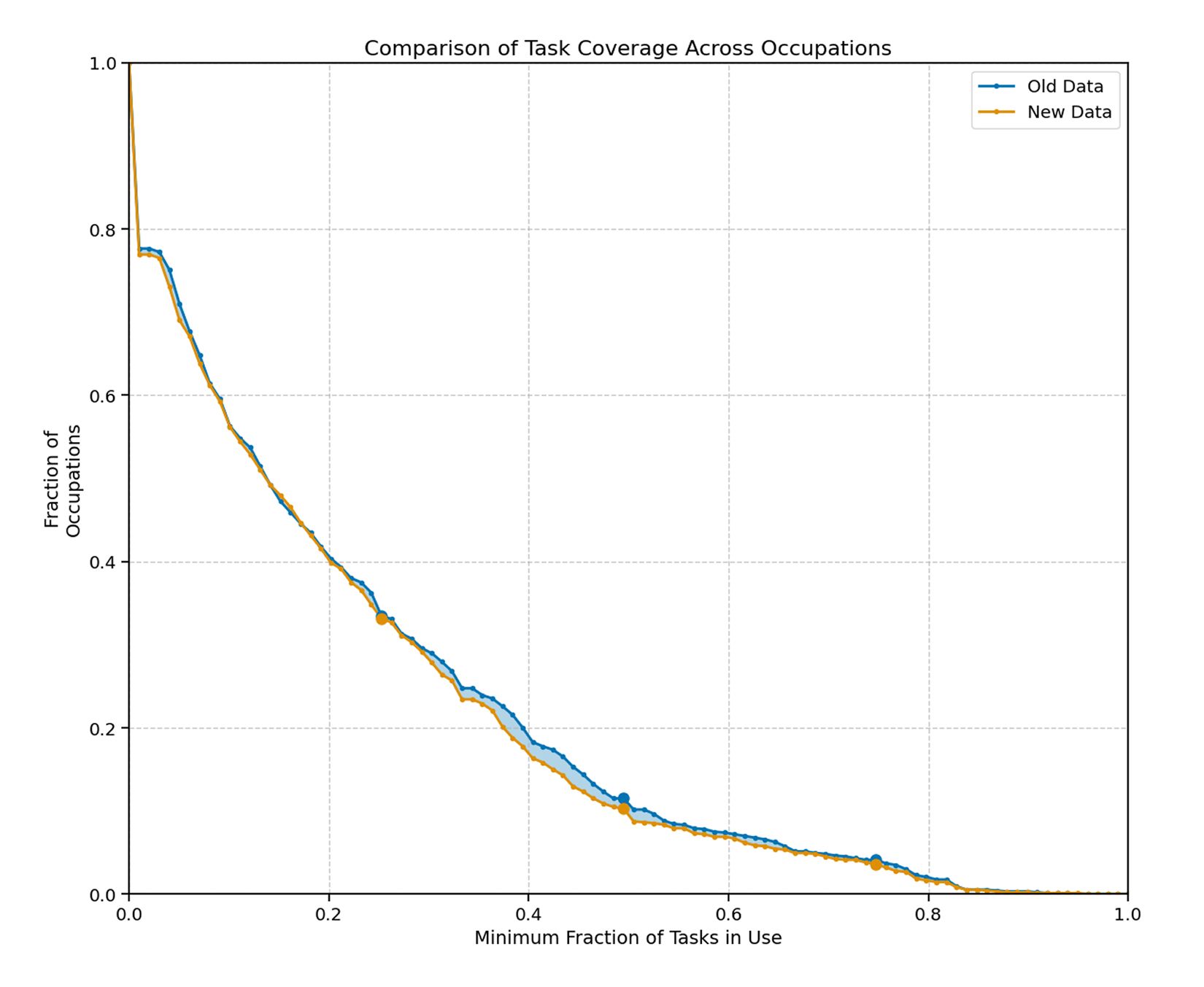
Other figures illustrate the shifts in percentage share of usage across broad occupational categories. Notably, there is a marked increase in computer and mathematical occupations contrasted with notable rises in fields such as education and the sciences. Further visualizations explore additional interaction modes and the extent of various use cases across occupations, reinforcing the insights drawn from this extensive analysis.
In summary, the report provides both a macro-level and granular view of how AI models, particularly Claude 3.7 Sonnet, are being integrated into a range of professional activities. As technological capabilities advance and applications proliferate across different sectors, Anthropic remains committed to tracking these trends and refining the tools and metrics used to assess their broader economic impact.
Image credit: Newsroom \ Anthropic


